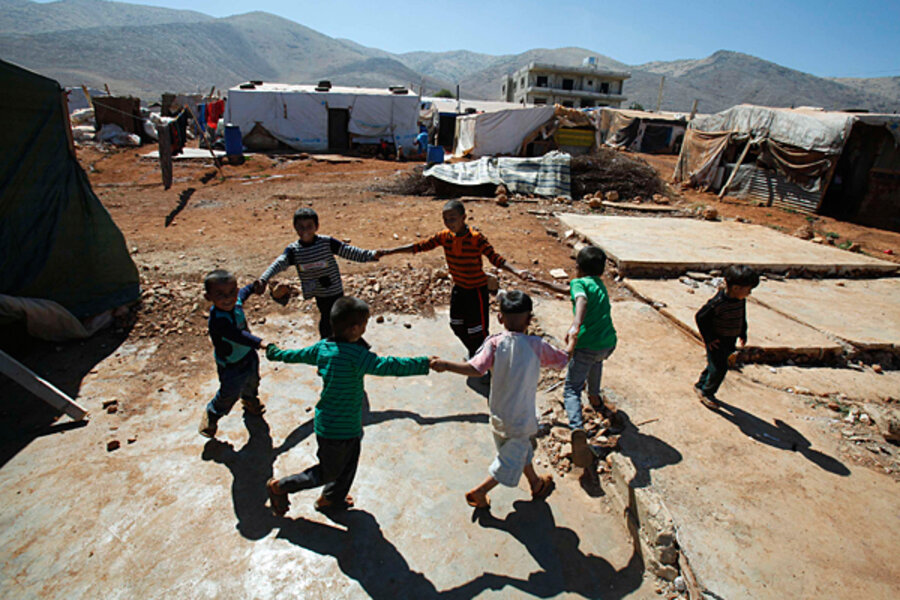The scope of the human rights crisis in war-ravaged Syria has no parallel. More than 90,000 people have been killed since fighting began between supporters of President Bashar al-Assad and rebel fighters in 2011, and the pace is not abating – there are now 5,000 people dying every month, according to UN refugee agency estimates.
The agency recently announced that 6.8 million Syrians – out of a population of just 20 million – are currently in need of humanitarian assistance, nearly half of them children. Some 4 million people can no longer meet their basic food needs.
What’s more, UN High Commissioner for Refugees Antonio Guterres declared last month that the world had "not seen a refugee outflow escalate at such a frightening rate since the Rwandan genocide” in 1994. There are now nearly 1.8 million Syrian refugees, most of them crammed into camps in border regions of Lebanon, Turkey, Jordan, Iraq, and Egypt. The UN says that with 6,000 people fleeing every day, the total number of refugees will hit 3.5 million by year’s end. Another 4.2 million people are displaced inside the country.
As UN aid chief Valerie Amos declared last month, in Syria “the world is not only watching the destruction of a country but also of its people.”
To help:
Mr. Assad’s regime has severely restricted the flow of aid money and organizations into the country. However, a small number of groups are still operating there, with many more pouring resources into efforts to assist refugees on the border. Prominent among them are the UN High Commissioner on Refugees, the UN Children's Fund (UNICEF), the Syrian Arab Red Crescent, and Doctors Without Borders (Medecins Sans Frontieres), which allows donors to specifically earmark funds for their medical aid work in Syria.






